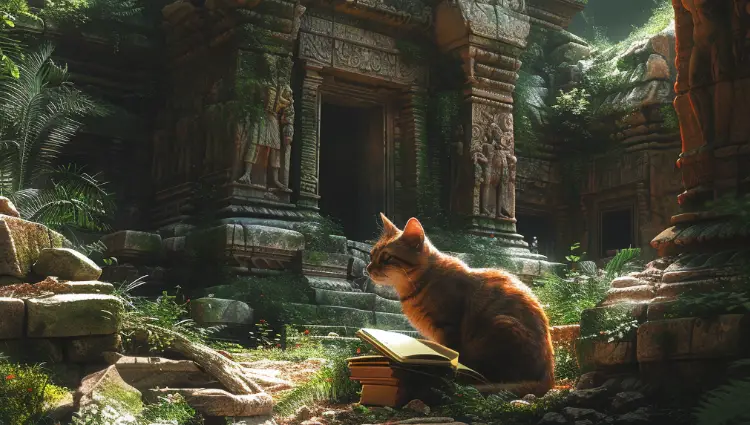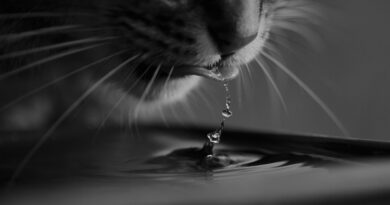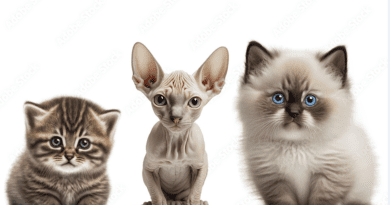The Evolution of Cat History
From Ancient Honor to Contemporary Companionship
For several years, cats have captivated the hearts and minds of people, acting as both cherished pets and hallowed symbols. Their journey from awe in antiquity to modern camaraderie is a fascinating evolutionary story full of cultural meaning.
Ancient Beginnings: The Sacred and the Practical
The ancient societies were the first to domesticate cats that are known to exist. Wild cats (Felis silvestris lybica) started to coexist peacefully with human communities in the Near East around 7500 BCE. Wild cats were lured to these abundant food supplies as agriculture spread and rodents were driven to grain stockpiles. A mutualistic relationship resulted from the cats’ ability to keep pests at bay for the benefit of humans.
Among the ancient Egyptians, cats were considered sacred. They were associated with the goddess Bastet, who was depicted clutching the head of a lioness or domestic cat. Cats were sacred animals, and the goddess of homes, fertility, and protection was called Bastet. Even accidentally taking a cat’s life was a horrible crime. Complying with their significant role in both religion and society, the Egyptians even buried their mummified cats next to their owners.
Cats in the World of Classics
Through trade and conquest, Egyptian cats spread their culture throughout the world. Greek and Roman trade with Egypt brought domestic cats with them. In contrast, the Greeks were more intrigued by the practical benefits of cats, such as their ability to control pests, than by their spiritual attributes. Throughout the Roman era, cats spread throughout Europe, despite not being as revered as they were in Egypt.
The Middle Ages: Misconceptions and Doubt
The Middle Ages were a time of unpredictability and mistrust for cats in Europe. In certain places, they were associated with superstition and witchcraft, partly due to their mysterious appearance and nocturnal lifestyle. Cats were mass-murdered as a result of this association, particularly during the witch hunts of the 16th and 17th centuries.
Nevertheless, cats eventually regained their place in homes due to their effectiveness in controlling rodents. Later in the Middle Ages, cats became more popular, and by the Renaissance, their elegance and company had won them praise once more.
The Global Spread and Exploration Era
Traveling European explorers brought cats with them to new locations during the Renaissance. Cats arrived in the Americas with Christopher Columbus and other explorers, helping to manage rodent infestations on ships and in newly established communities. As European settlers traveled across the continents, cats went with them.
The Contemporary Era: Cats as Friends and Icons
The 19th and 20th centuries saw a dramatic shift in the history of cats. They gained value not only for their practical worth but also for their companionship. The emergence of cat shows—the first official one held in London in 1871, for instance—contributed to a greater public awareness of cat care and the various breeds.
These days, cats are connected to mystery, self-reliance, and elegance in both literature and popular culture. Their portrayal in literature and media, ranging from Lewis Carroll’s “Alice’s Adventures in Wonderland” to T.S. Eliot’s “Old Possum’s Book of Practical Cats,” demonstrates their complex and endearing qualities.
Cats are currently among the most popular pets in the world because of their independent, loving, and energetic personalities. They frequently take center stage in their owners’ lives and homes, demonstrating how well they have adapted to modern living. Due to their antics and charm, cats have become more well-known online as social media usage has increased.
People and cats have been together for a very long time based on their shared history. Cats have always been important in our lives, from their revered significance in ancient Egypt to their modern standing as our best pals. Their transformation from worshipped gods to beloved friends emphasizes their special capacity to capture our attention for ages and illustrates how our relationship with these amazing animals has changed throughout time.




